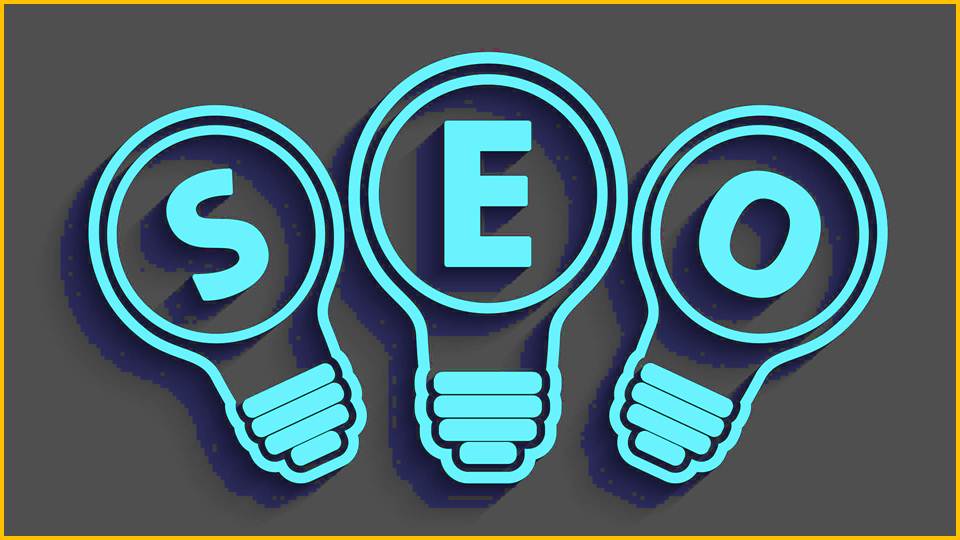A well-designed website that is functional and user-friendly plays a major role in the business operations of most companies. It can help generate traffic, create leads and conversions, boost a brand’s reputation along with authority. As a leading web development company, we know what it takes to create a great site and that is not only doing the right thing, but also avoiding major mistakes that can hinder a site’s ability to achieve business goals. This 2020 list of avoidable web design flaws highlights aspects that affect both performance and user experience, which can lead to less engagement and less conversions.
Does your company website suffer from any of these problems?
Web Design mistakes to avoid
Slow Site Speed - While some people see site speed as a technological problem, it is really a function of web design. Yes, there are things that are non-design related that determine how fast a web page loads, but there are also plenty of methods that designers and developers can use to collaboratively create pages that load at lightning speed. Statistics show that a conversion rate for every second of page load speed drops by 7 percent. Google also considers site speed as a ranking factor, so it is directly related to a site’s SEO efforts.
Lack of CTAs – If your site is fast enough to keep visitors interested, the next step is to create a conversion; which will not happen without good call-to-action (CTA). CTAs should be prominent, easy to identify and easy to use. Multiple CTAs should be used both above and below the fold to ensure that visitors always have a way to make a purchase, sign up for a newsletter, or subscribe to your mailing list. Without CTAs, a website makes little sense to the company.
Bad Search Box Placement: The default search box location is prominent at the top of the page. A standard magnifying glass icon will appear next to the search field to alert everyone about the function of this input field. Secondary search boxes can be placed lower on the page in a suitable location for taking actions. Most people expect to find and use a search box immediately. Searching for a box to search can then be extremely annoying and potentially bounce a page, especially if the search box is hidden behind another element or placed at the very bottom of a page, only reached after scrolling.
Excessive Creativity – Creativity for the sake of creativity is rarely acceptable on a web page. In the case of designers and artists, it makes sense to use a web page as a portfolio. However, for most other companies that use excessive creativity to get noticed, this often results in an overly flashy, hard-to-digest site. If you have the goal of creating conversions, distracting users with too many elements and flair will slow down if not nullify that process.
Lack of open space – This concept goes hand in hand with excessive creativity. Open space is a way of not only adding definition and spacing to elements, but also providing a rest for the eyes of visitors. The right space (often referred to as white space or negative space) makes finding icons and buttons, such as CTAs, easier. Using open space is even more important if there are ads on your site, because they also attract attention.
Horizontal Scrolling – Vertical scrolling is common for all users as it has been such an important part of both desktop applications (including web browsers) and mobile devices. Horizontal scrolling, on the other hand, is a quirky design choice that annoys or annoys most visitors. One reason is usability; mobile device compatibility makes horizontal scrolling a train wreck. The second is the lack of purpose behind it. There is no good reason for spilling content sideways. In front of written content, it goes against the standard eye pattern. Websites must be both functional and trusted for high usability.
Too many PDFs – Using a PDF on a website is a convenient way to give all users access to specific information. Restaurants use PDFs for menus, which is easy so that both mobile and desktop users have access to the information. However, using too many PDFs is a design flaw because it limits the SEO for the page. Web crawlers Do not crawl the PDF because it is considered an image, therefore all that copy will not affect SEO efforts. It is also a process to download every bit of information that takes time and effort that not many users will give if a faster option is available elsewhere.
No use of Analytics – Analytics are essential to understand the performance of a website. Without them, how can you identify problem areas? A website needs to be looked at As an investment and one of the best ways to protect that investment is to analyze and measure the effectiveness of your site and then adjust and improve it. Google Analytics is a fantastic free tool that anyone can use to increase the value of that investment.
It comes down to
The bottom line is that most of the web design mistakes to avoid in 2019 directly affect the usability of a website for customers. The lower the usability of a site, the more difficult it is for customers to convert, which can affect not only your brand’s reputation but also your profitability. If your website is suffering from any of the following. We recommend that you resolve these issues as soon as possible.




